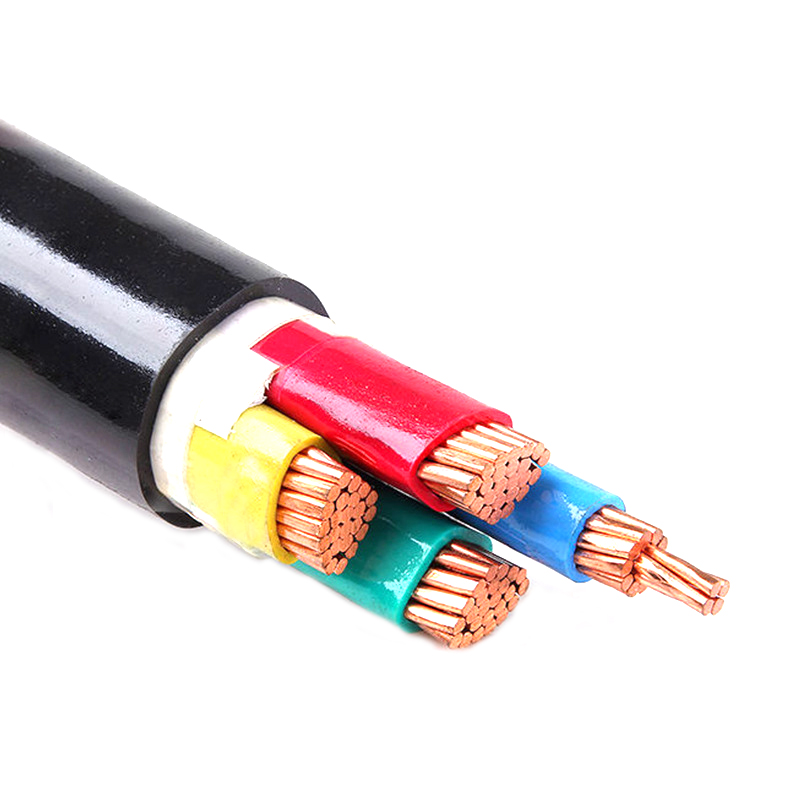Armored cable means that the cable is covered with a layer of steel belt to protect the cable. It looks like the cable is wearing a suit of armor, so it is called armored cable. Armored cables, including armored thermocouples, armored thermal resistors, armored heaters and armored leads, are mainly used for temperature measurement, signal transmission and special heating in chemical industry, metallurgy, machinery manufacturing, power generation and scientific experiments, with armored thermocouples being the most widely used.
The mechanical protective layer of armored cable can be added to cables of any structure, so as to increase the mechanical strength of cables and improve the anti-corrosion ability. It is a wire and cable designed for areas prone to mechanical damage and erosion. It can be laid in any way, which is more suitable for direct buried laying in rock areas.

Armored cables can use the protective layer of modified cable machinery on any cable structure. It can enhance the mechanical strength of the cable, and has the effect of anti-corrosion. It can prevent the machinery from being damaged or corroded, thus designing the wire and cable. After the armored layer is added to the cable, its tensile strength can be enhanced, thus increasing the service life of the machine. Moreover, the armored cable has excellent external force resistance, which can prevent animals from biting.
The failure rate of armored cable is high, but the failure rate of rubber-sheathed cable is low. For armored cable, the reasons for cable short-circuit failure are as follows:
(1) In cable wiring, the wiring process of the middle end of the cable does not meet the quality requirements, so the wiring process requirements of the cable must be observed, especially the insulation of the middle end should be properly handled, and moisture is not allowed to enter the key joints to avoid affecting its insulation.
(2) Cracks in the armored steel belt of the cable, poor lap joint and lead clad cracks enter moisture, especially in the weak link of the terminal connection in the cable, which causes insulation damage and short circuit. It should be noted that the bending radius of the cable should not be too small, and should not be less than 20 times of the cable outer diameter.